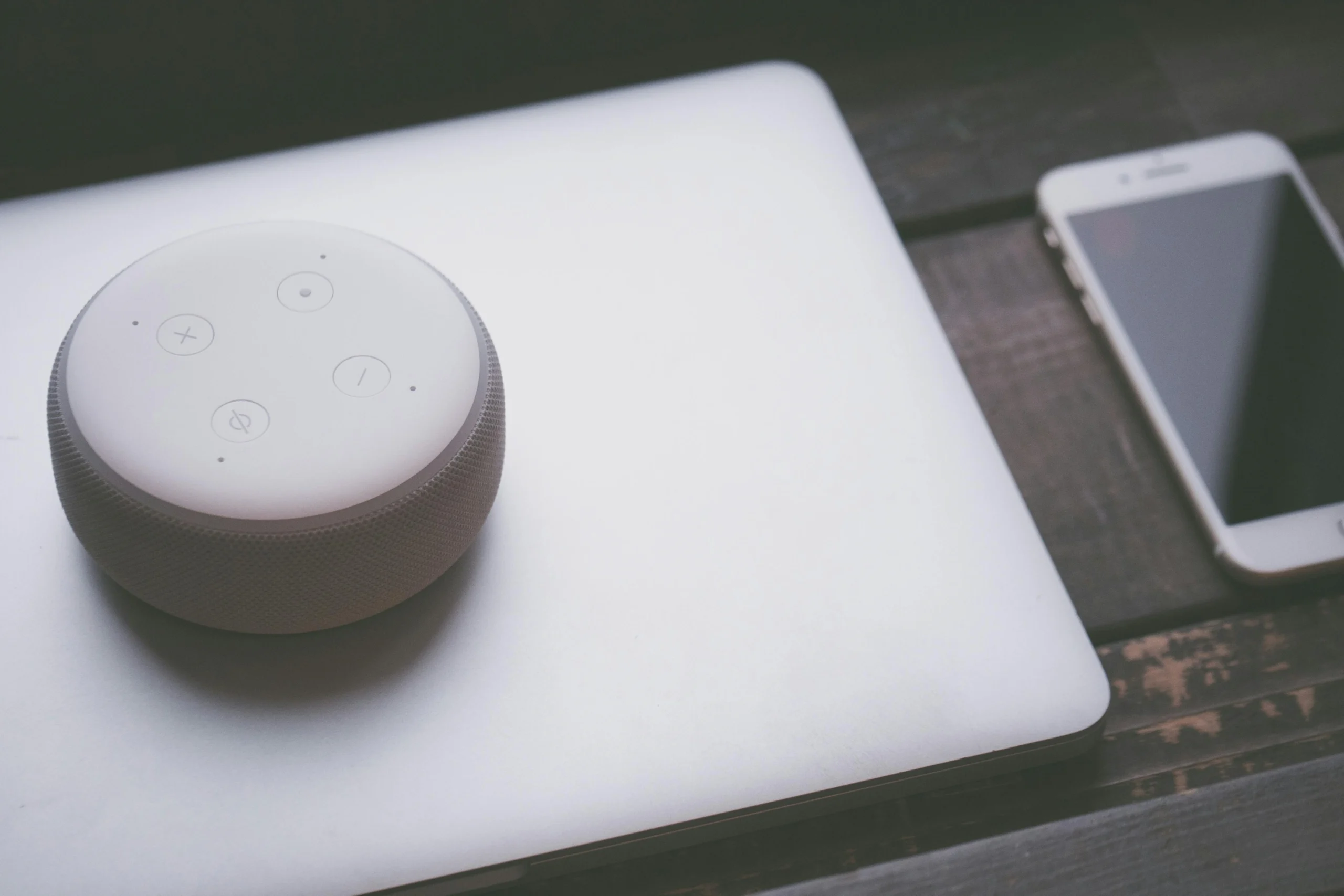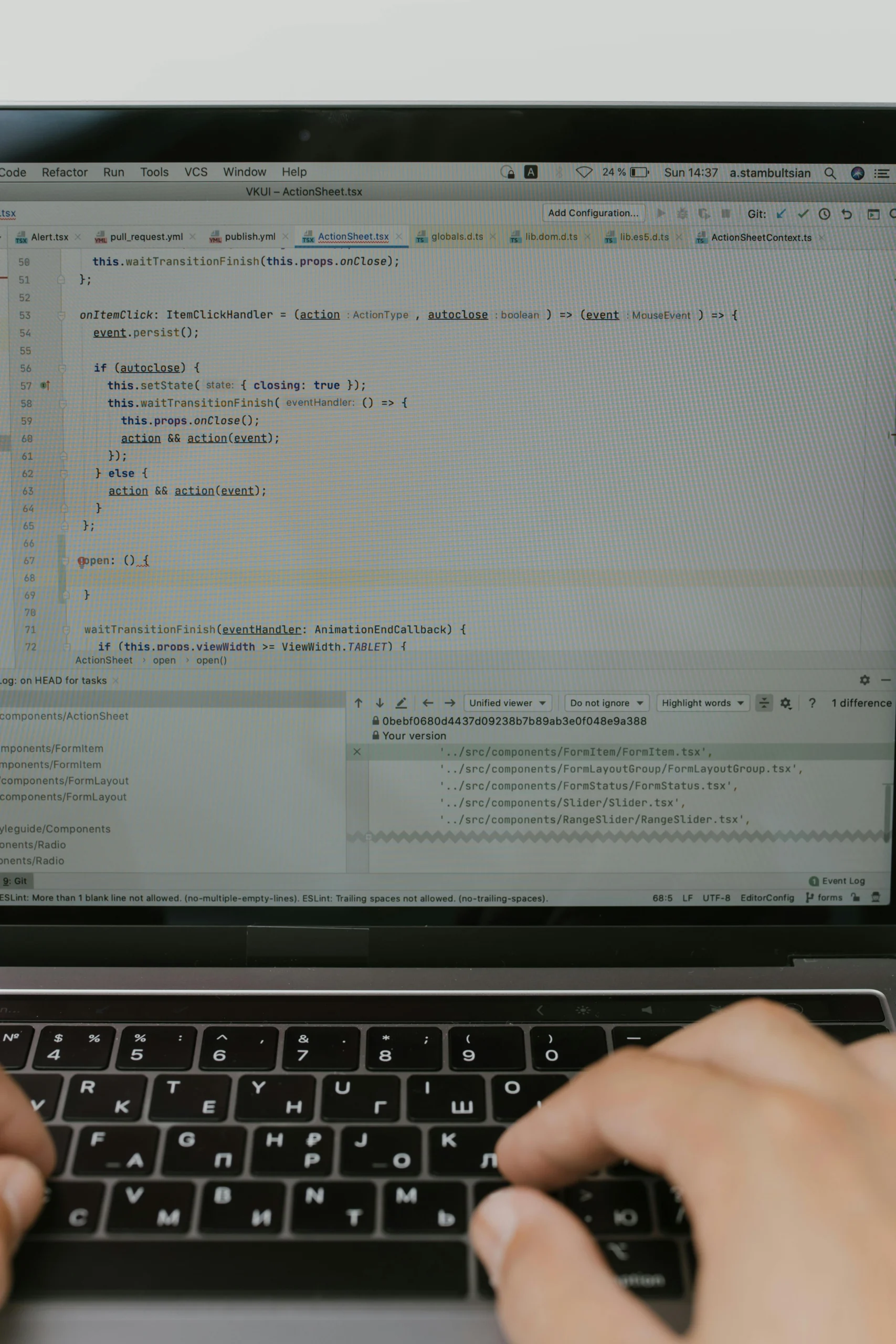In mid-October, a Boeing 737 had an emergency landing after its windshield was cracked, possibly by space debris. The risk of such occurrences is increasing, with estimates suggesting that by the mid-2030s, the number of dangerous landfall events from re-entering space debris could grow significantly due to the surge in satellite launches. Currently, approximately 12,900 active satellites orbit the Earth, and projections indicate this could rise to 100,000 in the near future.
The Federal Aviation Administration estimates that by 2035, the odds of a plane experiencing a severe space debris strike could be about 7 in 10,000. Concerns also extend to humans on the ground, with experts estimating a potential 10% chance of injury or death from falling debris annually by that year. While the overall risk remains low, incidents involving space debris have occurred, such as a chunk from SpaceX’s Falcon 9 crashing in Poland and another piece damaging a house in Florida. International regulators are advocating for better deorbiting practices to mitigate these risks, but with many defunct satellites still in orbit, addressing this issue remains a significant challenge.
👉 Pročitaj original: MIT Technology Review – AI








